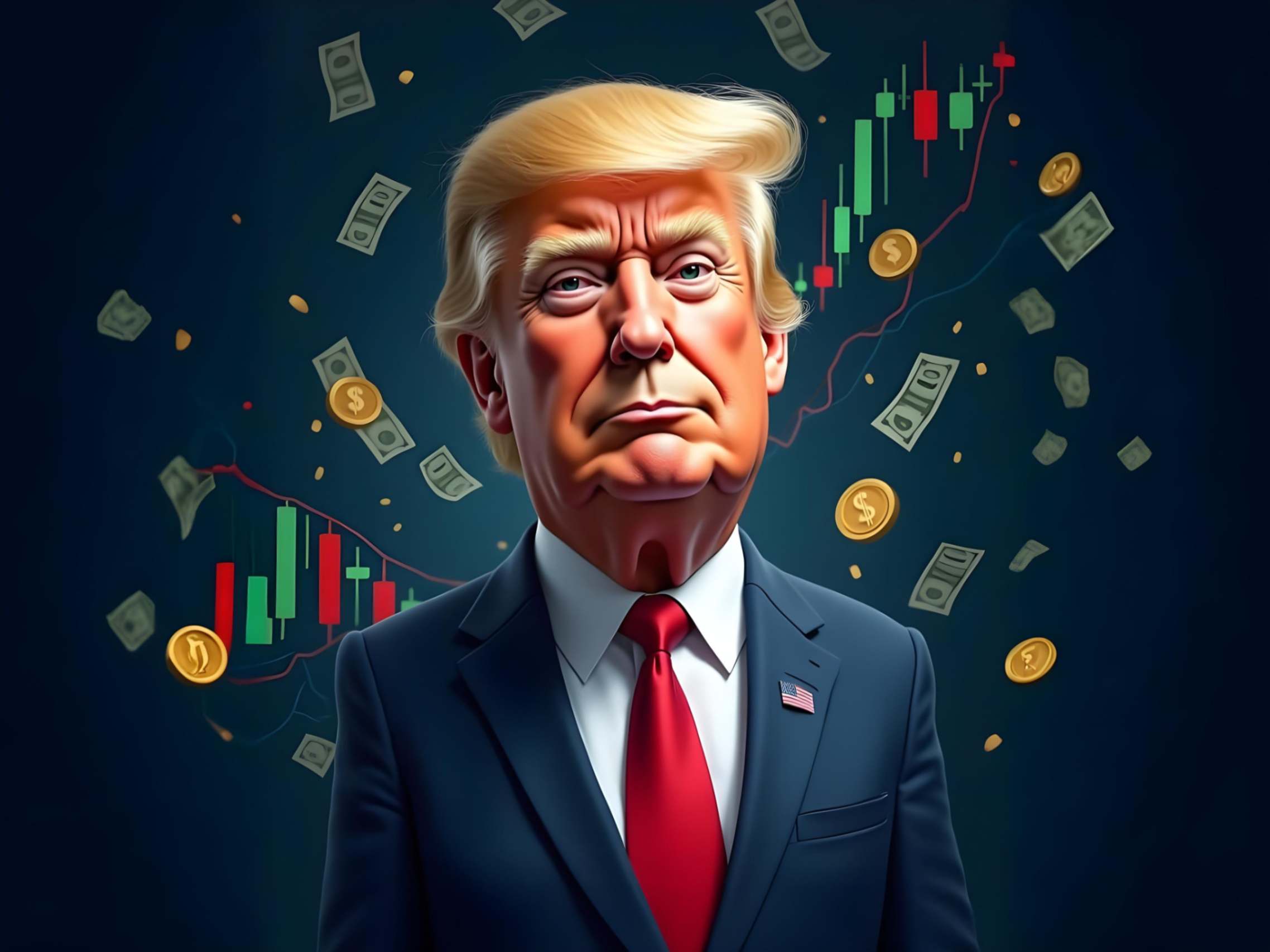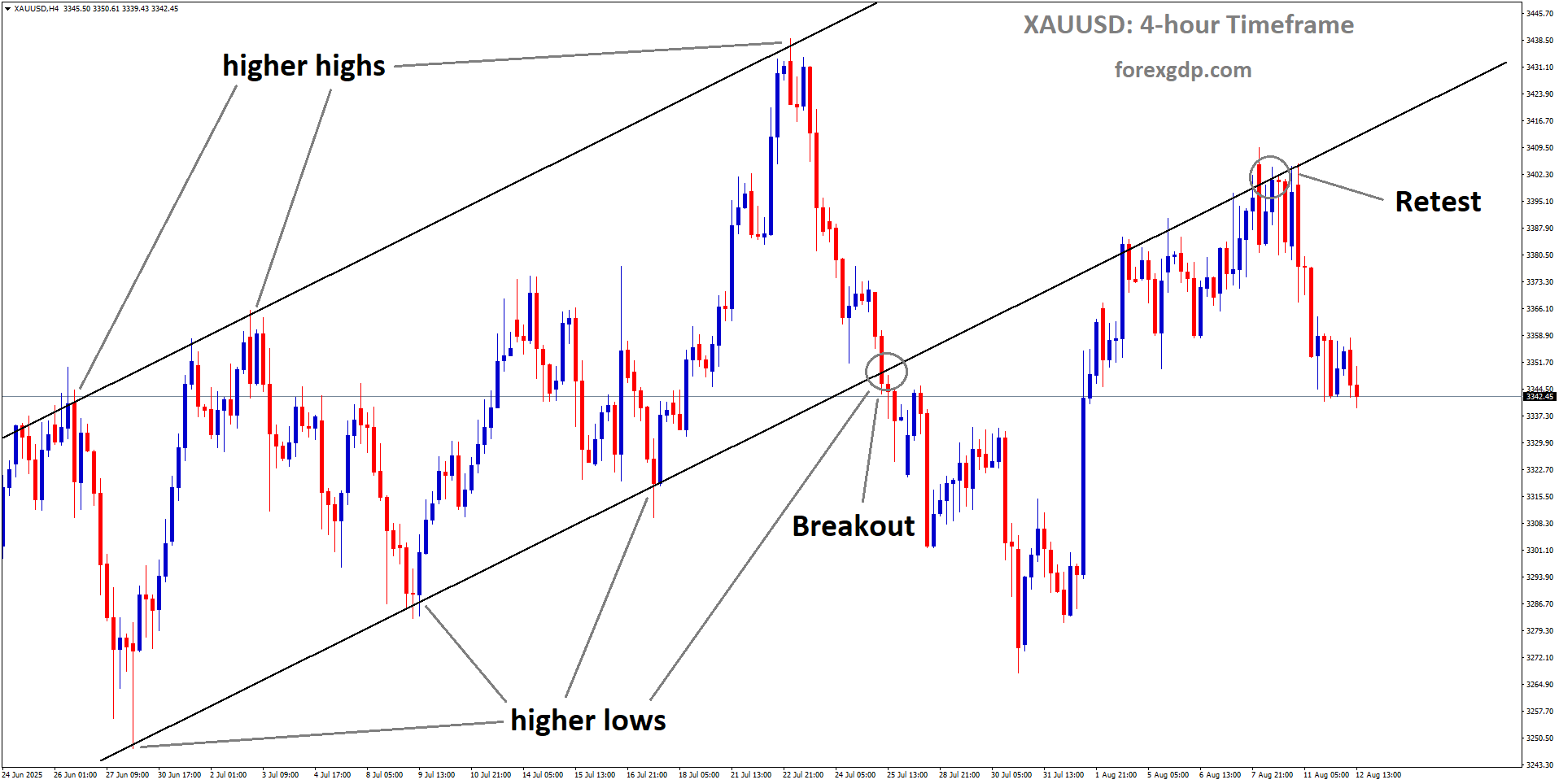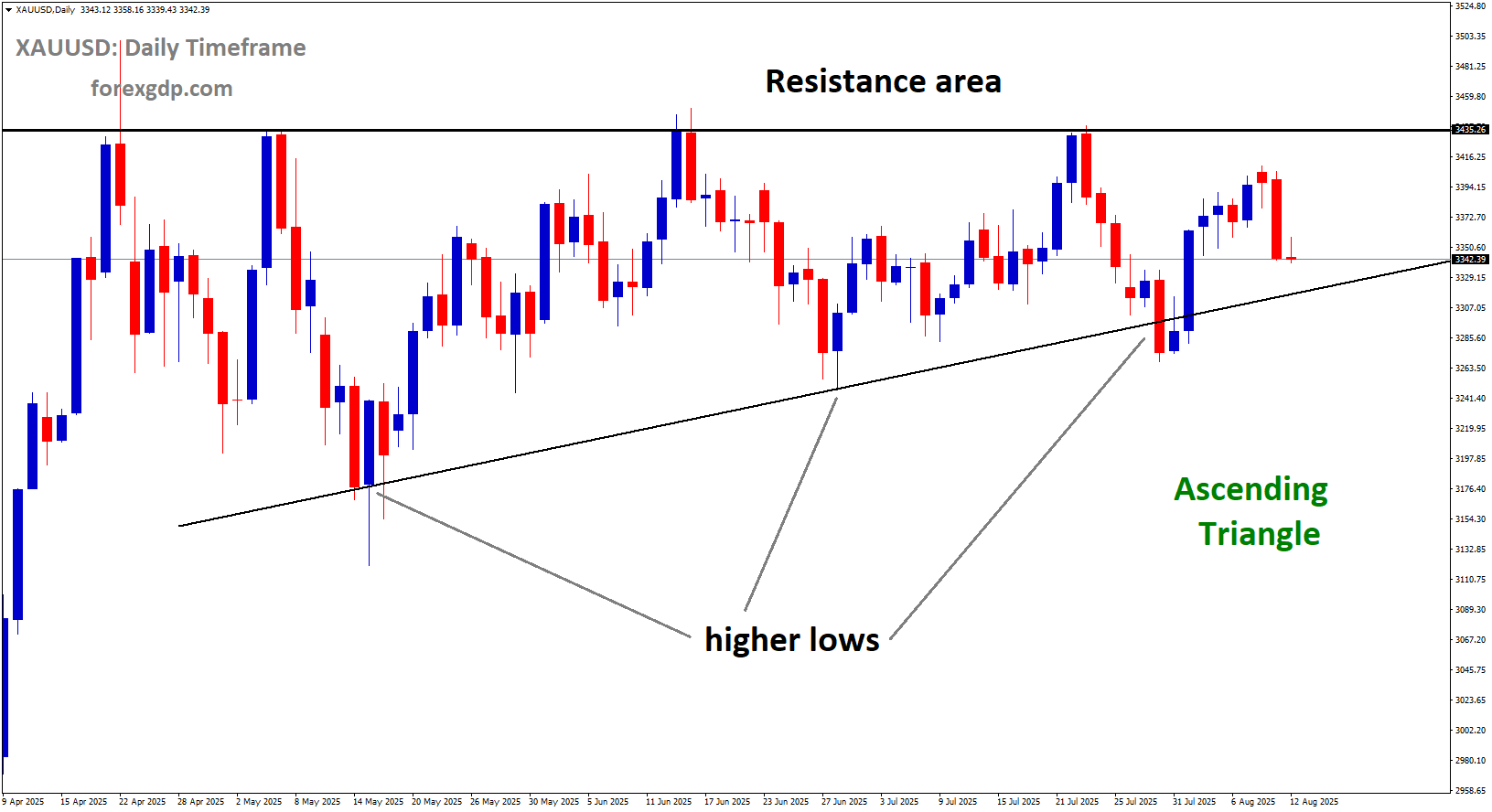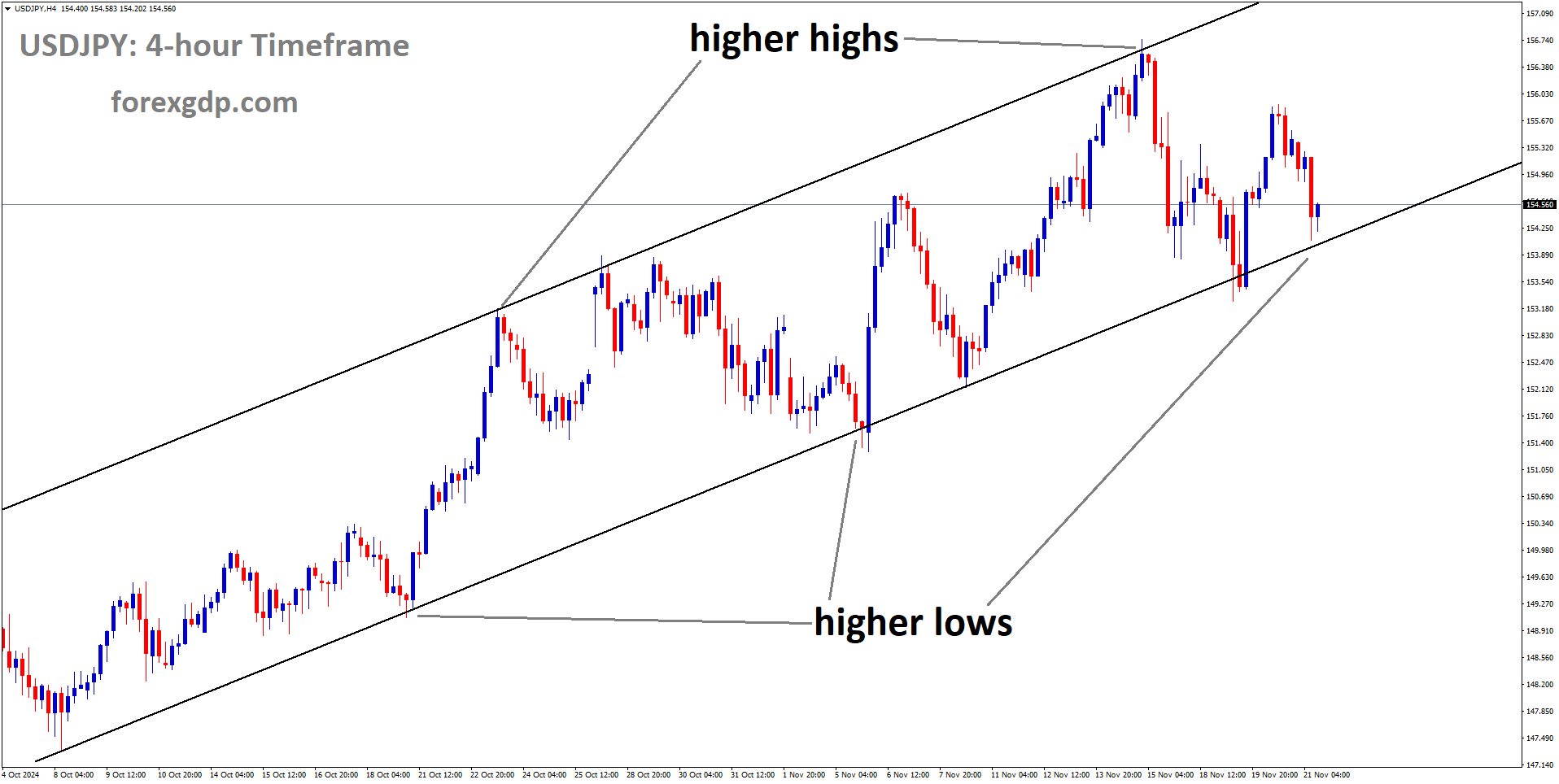XAUUSD is moving in a box pattern, and the market has reached the support area of the pattern
#XAUUSD Analysis Video
Gold prices have found a bit of upward traction after a sharp drop, but traders are treading carefully. With major US economic data just around the corner, the precious metal’s next big move could be decided in a matter of days. Let’s take a closer look at what’s driving the market right now, the global developments at play, and why many investors are choosing to wait before making big moves.
A Tentative Recovery After a Sharp Drop
After tumbling to its lowest level in a week, gold has managed to claw back some gains in early European trading. The rebound, however, is far from aggressive. Traders are taking a cautious stance as they wait for the release of US consumer inflation data, which is expected to heavily influence the Federal Reserve’s next interest rate decision.
At the center of this cautious mood is the growing belief that the Federal Reserve might lower borrowing costs in September. This possibility has kept the US Dollar from gaining much ground, giving gold a little room to breathe. When interest rates are lower, non-yielding assets like gold often look more attractive to investors, which helps boost demand.
Still, optimism in the broader market is keeping gold from rallying too strongly. Recent signs of easing geopolitical tensions—particularly on the trade and diplomatic front—have lessened the immediate appeal of safe-haven assets.
Global Developments Shaping Gold’s Moves
Several key developments are influencing the gold market right now.
US-Russia Summit Hopes
One major factor weighing on gold’s safe-haven appeal is the upcoming US-Russia summit, which investors hope will make progress toward ending the conflict in Ukraine. While the outcome remains uncertain, even the possibility of easing tensions is enough to dampen some of gold’s defensive demand.

US-China Trade Truce Extension
On the trade front, US President Donald Trump recently signed an executive order extending the trade truce with China for another three months. This decision has helped calm fears of an escalating trade war between the world’s two largest economies. Trump even hinted that gold wouldn’t be subject to tariffs, though he stopped short of giving detailed plans. This added another reason for markets to shift slightly away from safe-haven buying.
Weak US Economic Data
Recent US economic releases have painted a softer picture of the economy. The latest Nonfarm Payrolls report suggested a slowdown in job growth, fueling concerns about economic weakness. In turn, this has strengthened expectations for Fed rate cuts, indirectly supporting gold prices.
Why Traders Are Sitting Tight
Despite the small recovery in gold, many traders aren’t rushing to make big moves just yet. Here’s why:
-
Inflation Data in Focus – The US consumer price index (CPI) report is due soon, and it could be the deciding factor for the Fed’s September meeting. Higher-than-expected inflation could reduce the likelihood of rate cuts, pressuring gold, while softer inflation could do the opposite.

XAUUSD is falling from the retest area of the broken uptrend channel
-
Busy Week of Economic Releases – Alongside the CPI, markets will also digest the Producer Price Index (PPI), monthly Retail Sales data, and the Michigan Consumer Sentiment Index. Each of these releases can influence expectations for the economy and interest rates.
-
Fed Speeches on the Horizon – Several Federal Open Market Committee (FOMC) members are scheduled to speak this week, and their remarks could shift investor sentiment toward or away from gold.
In short, the market is in a “wait-and-see” mode. The next wave of data and policy comments will likely determine whether gold builds on its modest recovery or faces renewed pressure.

The Balancing Act Between Risk and Safety
Gold is often seen as a hedge against uncertainty, but the balance between risk appetite and safe-haven demand is delicate right now. On one hand, there’s a growing case for rate cuts, which generally supports gold prices. On the other hand, easing geopolitical concerns are encouraging investors to put more money into riskier assets, reducing immediate demand for gold.
For traders, this means the short-term outlook is still murky. Without a clear driver, price movements are likely to remain modest until the next set of economic figures is released.

XAUUSD is moving in an Ascending Triangle pattern
Summary
Gold is attempting a cautious rebound after hitting a one-week low, supported by expectations of Federal Reserve rate cuts and a softer US Dollar. However, optimism surrounding global trade talks and diplomatic progress is keeping the safe-haven metal from making bigger gains.
This week’s US inflation data—along with other major economic reports and comments from Fed officials—could be the tipping point for gold’s next move. Until then, the market is likely to remain in a holding pattern, with traders carefully weighing risk sentiment against the potential for monetary policy changes.
If the upcoming data points to weaker inflation and slower growth, gold could find more solid ground. But if the figures surprise on the upside, the precious metal may struggle to hold its recent gains. Either way, the next few days are set to be pivotal for anyone keeping a close eye on gold.




